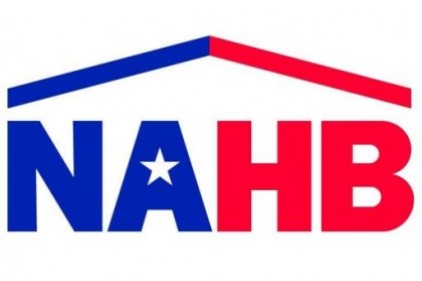Builder confidence in the 55+ housing market for single-family homes showed improvement in the second quarter of 2012 compared to the same period a year ago, according to the National Association of Home Builders' (NAHB) latest 55+ Housing Market Index (HMI) released recently. The index more than doubled year over year from a level of 13 to 29, which is the highest second-quarter reading since the inception of the index in 2008.
"Builders and developers in the 55+ housing segment continue to show increased confidence in the market," said NAHB 50+ Housing Council Chairman W. Don Whyte. "As the share of 55+ households continues to grow in all regions across the country, we have a unique opportunity to create communities that address specific needs of the mature homebuyer."
The 55+ single-family HMI measures builder sentiment based on a survey that asks if current sales, prospective buyer traffic and anticipated six-month sales for that market are good, fair or poor (high, average or low for traffic). An index number below 50 indicates that more builders view conditions as poor than good. Although all index components remain below 50, they increased considerably from a year ago: Present sales more than doubled (from 12 to 30), while expected sales for the next six months increased 17 points to 35 and traffic of prospective buyers rose nine points to 22.
The 55+ multifamily condo HMI remains the weakest of the 55+ housing market indices, but the trend is upward as the index increased 11 points year over year to 19, also the highest second-quarter reading since the inception of the survey. All index components showed an increase compared to a year ago as present sales rose 10 points to 18, expected sales for the next six months increased 10 points to 20 and traffic of prospective buyers climbed 12 points to 19.
The 55+ multifamily rental indices recovered substantially last year, and are now holding steady: Present production climbed three points to 31, expected future production increased three points to 32, current demand for existing units dropped one point to 42 and expected future demand decreased two points to 42.
"We are seeing buyers slowly return to the 55+ housing market as home prices begin to improve" said NAHB Chief Economist David Crowe. "This helps unlock some of the pent-up demand from 55+ consumers who have been sitting on the sidelines until they are able to sell their current homes at a reasonable price."

Report Abusive Comment